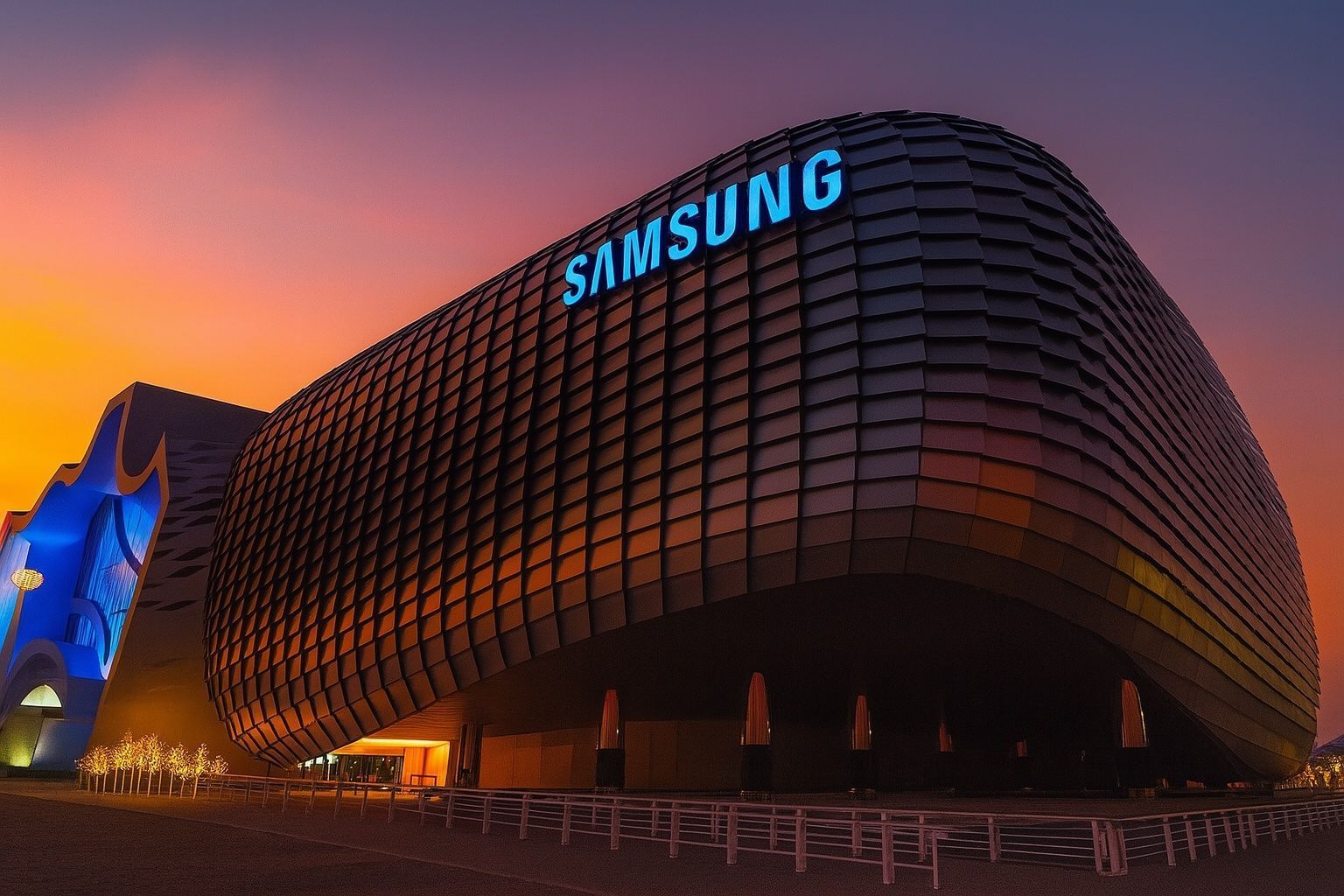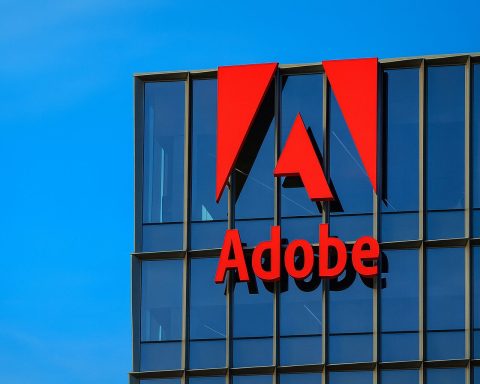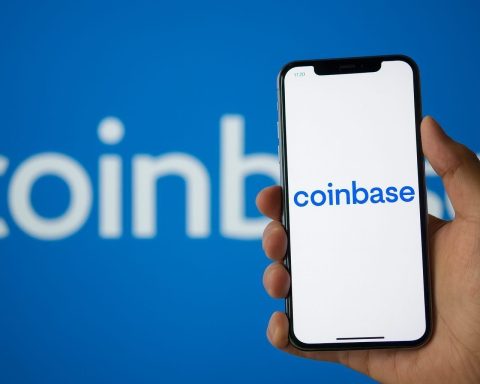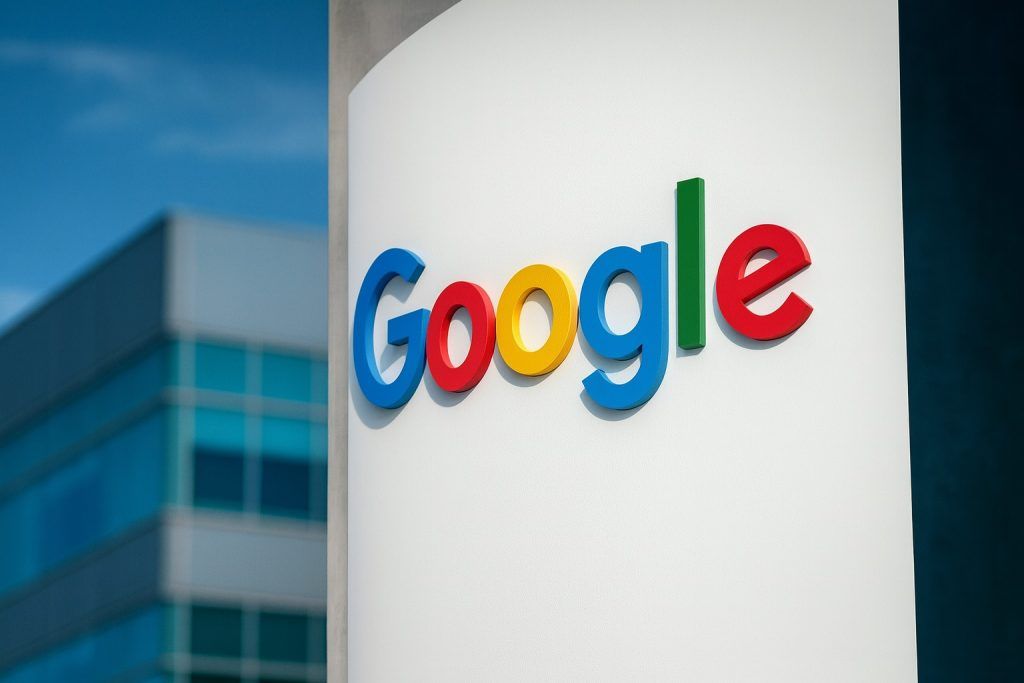- Stock Update (Oct 30, 2025): Samsung Electronics (005930.KS) closed around ₩104,100, up about +3.6% on the day [1], hitting new 52-week highs as investors cheered its latest results.
- Record Q3 Financials: In Q3 the company reported revenue ≈₩86.1 trillion and operating profit ≈₩12.2 trillion (up ~9% and ~32% year-on-year, respectively) [2] [3], driven by surging sales of memory chips.
- AI-Driven Memory Boom: Samsung’s chip division saw record revenues – the Device Solutions (memory) unit grew sales ~19% quarter-on-quarter [4]. The company plans to dramatically expand output of high-bandwidth memory (HBM) chips for AI servers, with investment and capacity increases to meet “customers’ demand for the next year” that executives expect will “exceed our supply” [5].
- New Products & Partnerships: Samsung rolled out its first Galaxy XR AR/VR headset (Oct 21, priced $1,799) with Google and Qualcomm as partners [6]. It also announced a strategic partnership with OpenAI (Oct 1) to supply advanced DRAM for OpenAI’s global AI data centers, projecting demand of up to 900,000 DRAM wafers per month [7].
- Analyst Sentiment & Targets: Wall Street analysts have grown bullish. Goldman Sachs lifted its Samsung price target to ₩96,000 and noted that any positive development in Samsung’s HBM business could be a “positive catalyst for the share price” [8]. KB Securities even set an ₩110,000 target, expecting Samsung’s 2026 operating profit could reach ~₩53.4T (an eight-year high) on stronger DRAM/HBM sales [9].
- Outlook & Risks: Looking ahead, Samsung expects continued AI-driven growth and aims to mass-produce next-generation HBM4 chips in 2026 [10]. However, analysts caution about macro risks: U.S. export curbs and potential tariffs (e.g. on chips) and China’s new rare-earth export controls could weigh on the tech sector [11] [12], and Samsung’s own exposure to China (where U.S. rules restrict advanced chip sales) adds uncertainty [13].
Stock Rallies on Robust Q3 Results
Samsung’s share price climbed sharply on October 30 after it disclosed a surprise surge in Q3 earnings. The official results (released before market hours) showed revenue of about ₩86.1 trillion and operating profit of roughly ₩12.2 trillion for July–September, well above analysts’ forecasts [14] [15]. The memory chip business was the standout: Samsung said record AI-driven demand led its chip division to post double-digit profit growth. In response, Seoul trading saw Samsung shares spike over 3% on the news, outperforming the broader Kospi index [16] [17]. As one market observer noted, “the third-quarter earnings surprise came from the chip business,” reflecting a turnaround for Samsung’s most important profit center [18].
AI-Driven Memory Boom Powers Growth
The key driver of Samsung’s earnings beat was the memory chip supercycle fueled by AI. Conventional DRAM and NAND memory prices have surged globally as data centers scramble for capacity, tightening supply. Samsung’s device solutions unit (mostly memory) saw record quarterly sales, up about 19% from Q2 [19]. Executives told analysts the AI boom is far outpacing capacity: Samsung Memory Chief Kim Jaejune warned that “customers’ demand for the next year will exceed our supply, even considering our investment and capacity expansion plan” [20]. He added that demand would be “much stronger and faster than usual”, implying continuing price gains. To capitalize, Samsung plans to sharply ramp up production of advanced high-bandwidth memory (HBM) chips and significantly boost capital spending in 2026 to meet AI demand [21] [22]. (Samsung noted that its new HBM3E chips are already in mass production, and samples of next-gen HBM4 are being shipped to major clients [23].)
Samsung’s smartphone business also improved: the Mobile eXperience unit generated operating profit around ₩3.6 trillion (up ~28% YoY), driven by healthy sales of flagship Galaxy models [24]. Overall, the blended device + chip results meant Samsung’s quarterly profit soared. As one industry analyst put it, “Samsung is a big beneficiary of growing demand for commodity chips” [25] – meaning that even as it struggles with cutting-edge HBM volumes (e.g. Nvidia launch delays), its broad DRAM/NAND stockpiles and pricing power are paying off.
New Ventures: AI Partnerships and AR/VR Hardware
Beyond core electronics, Samsung has been making strategic moves that may bolster future growth. On Oct 1, Samsung announced a multi-company AI infrastructure partnership with OpenAI. Under a memorandum of intent, Samsung Electronics will serve as a “strategic memory partner” for OpenAI’s global AI data center project, tasked with supplying advanced DRAM and memory solutions [26]. OpenAI’s memory needs (e.g. up to 900k DRAM wafers per month) are gigantic, and Samsung’s involvement signals a potentially large sales opportunity.
In consumer hardware, Samsung is pushing into AR/VR: on October 21 it unveiled the Galaxy XR headset in collaboration with Google (providing AI software) and Qualcomm (hardware) [27]. Priced at $1,799 – roughly half of Apple’s Vision Pro – the Galaxy XR is Samsung’s first serious bet on mixed reality. Samsung mobile chief TM Roh (not quoted in these pieces) has touted XR as the start of a “whole journey” into new device form factors [28]. These moves diversify Samsung’s product mix and tie into the broader AI theme (XR devices rely on AI features), which analysts view as complementary to its chip business.
Samsung also completed the acquisition of Xealth (October 17) to bolster its digital health platform, indicating that the company is expanding into connected health care [29]. While far afield from semiconductors, the move reflects Samsung’s push to leverage its wearable devices and software ecosystem for new revenue streams, and executives have touted “seamless connected care” as a strategic goal [30]. (These corporate actions have generally been well-received; for example, analysts noted Samsung’s large memory deals with Tesla and OpenAI as evidence of improving sentiment [31].)
Analyst Forecasts and Expert Views
Wall Street analysts are overwhelmingly upbeat on Samsung’s near-term outlook, mainly due to the AI memory boom. Several brokerages have lifted price targets as the rally continued. Goldman Sachs (in a Sept. report) reiterated a Buy rating and raised its 12-month target to ₩96,000, citing better-than-expected memory volumes and pricing [32]. Goldman analyst Giuni Lee wrote that Samsung’s “positive view on the name is intact” and that any upward surprise in its HBM chip business could be a “positive catalyst for the share price” [33]. Similarly, KB Securities (Samsung’s largest domestic broker) called Samsung its top KOSPI pick and boosted its target by ~22% to ₩110,000, forecasting 2026 operating profit of ~₩53.4 trillion on surging DRAM/HBM demand [34]. Those analysts specifically noted that Samsung is well positioned to supply next-generation HBM4 chips – for example, KB expects Samsung to have an advantage as the HBM4 supplier for Nvidia’s future data-center GPUs [35].
In sum, experts see continued upside if AI-driven chip demand holds. As one put it, “the risk/reward continues to be favorable” given strong memory fundamentals and still-cautious market expectations [36]. Retail commentary has picked up too: for example, Newswire Mint highlighted that Samsung stock is trading near multiyear highs (up ~88% in six months) after these results [37]. On balance, analysts now project healthy profit growth in 2026 (from AI servers and improved foundry margins) – though opinions vary on valuation, many still tag Samsung as a core long-term tech holding.
Outlook and Risks Ahead
Looking ahead, Samsung management and analysts foresee further growth driven by AI. The company itself has signaled that the AI infrastructure buildout “far outstrips” current capacity [38]. Samsung plans to “significantly expand production” of advanced HBM chips and invest heavily in new fabs [39]. According to its IR notes, Samsung expects continued revenue growth and higher profit in Q4 2025 thanks to seasonal sales and sustained memory demand. Third-party projections are optimistic: e.g. KB Securities expects H2 2025 operating profit to rise over 30% year-on-year, and even stronger profits in 2026 [40].
However, analysts warn of notable risks. Geopolitical tensions loom large: the U.S. government is considering broad export controls on items made with American software (to retaliate for China’s rare-earth export curbs) [41], and China has just tightened its rare-earth export rules (vital for electronics) [42]. These measures could disrupt global supply chains. In August, the U.S. moved to revoke Samsung’s exemption for its Chinese semiconductor plants, meaning new licenses are needed for U.S. chipmaking tools in China [43]. Such dynamics add uncertainty to Samsung’s global operations. Domestically, Samsung’s own stock trades at elevated multiples: its trailing P/E is near a one-year high [44]. If AI demand slows or memory prices reverse, the share price could be vulnerable. Analysts explicitly caution that trade disputes, tariffs on chips, or renewed tech selloffs would temper the current optimism [45] [46].
Conclusion
On balance, Samsung enters late 2025 in exceptionally strong form. Its recent earnings surprised on the upside, driven by an unexpected chip market rally, and the company’s strategic bets on AI memory and new devices (XR, healthcare) offer fresh long-term upside. Quotes from industry insiders capture the mood: one Samsung analyst said the memory demand surge has made Samsung “a big beneficiary of growing demand” for standard DRAM and NAND chips [47]. If that trend holds, Samsung’s shares – already at record levels – may have room to climb further. For now, investors and analysts appear to agree that any further good news in HBM or AI could be a “positive catalyst” for the stock [48], even as they watch carefully for broader headwinds from geopolitics and valuation.
Sources: Financial and tech news reports as of Oct. 30, 2025 [49] [50] [51] [52] [53] [54] [55] [56] [57] [58] [59].
References
1. www.investing.com, 2. www.livemint.com, 3. www.gurufocus.com, 4. www.gurufocus.com, 5. www.reuters.com, 6. www.reuters.com, 7. news.samsung.com, 8. www.investing.com, 9. www.investing.com, 10. www.gurufocus.com, 11. www.reuters.com, 12. www.reuters.com, 13. www.reuters.com, 14. www.livemint.com, 15. www.gurufocus.com, 16. www.reuters.com, 17. www.investing.com, 18. www.reuters.com, 19. www.gurufocus.com, 20. www.reuters.com, 21. www.reuters.com, 22. www.gurufocus.com, 23. www.gurufocus.com, 24. www.livemint.com, 25. www.reuters.com, 26. news.samsung.com, 27. www.reuters.com, 28. www.reuters.com, 29. www.xealth.com, 30. www.xealth.com, 31. www.reuters.com, 32. www.investing.com, 33. www.investing.com, 34. www.investing.com, 35. www.investing.com, 36. www.investing.com, 37. www.livemint.com, 38. www.reuters.com, 39. www.reuters.com, 40. www.investing.com, 41. www.reuters.com, 42. www.reuters.com, 43. www.reuters.com, 44. www.gurufocus.com, 45. www.reuters.com, 46. www.reuters.com, 47. www.reuters.com, 48. www.investing.com, 49. www.reuters.com, 50. www.reuters.com, 51. www.reuters.com, 52. news.samsung.com, 53. www.xealth.com, 54. www.reuters.com, 55. www.reuters.com, 56. www.livemint.com, 57. www.reuters.com, 58. www.investing.com, 59. www.gurufocus.com









